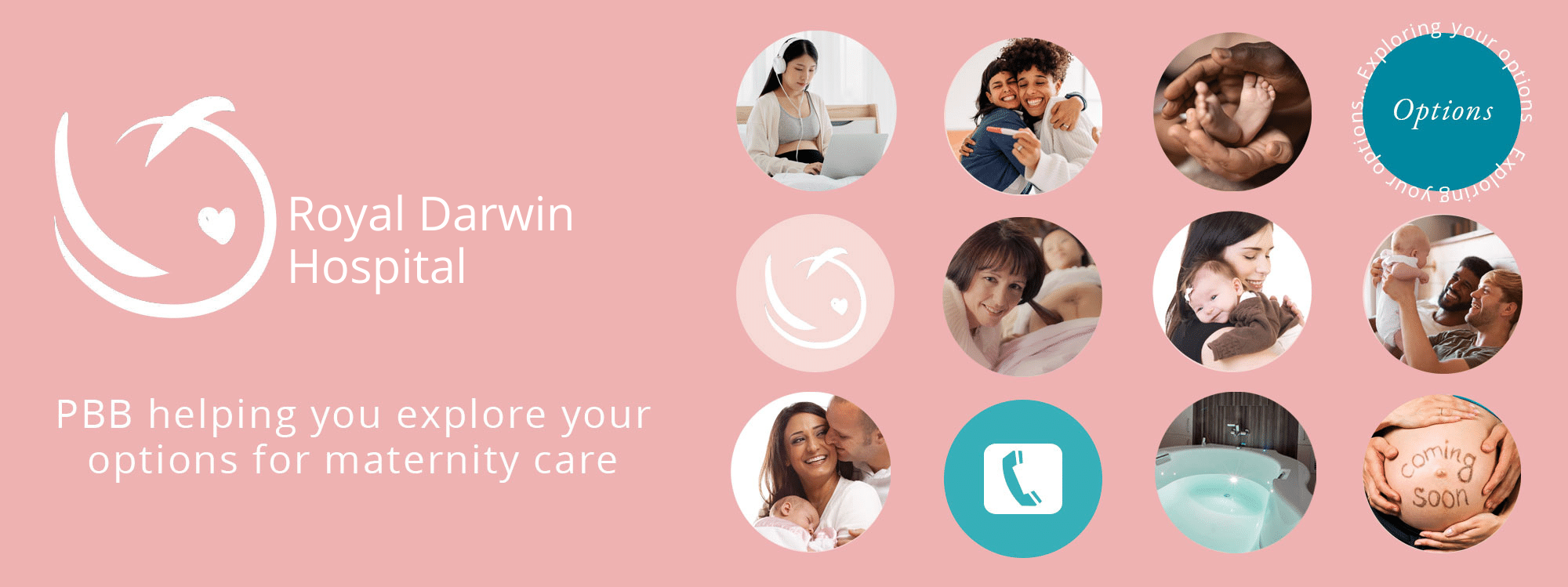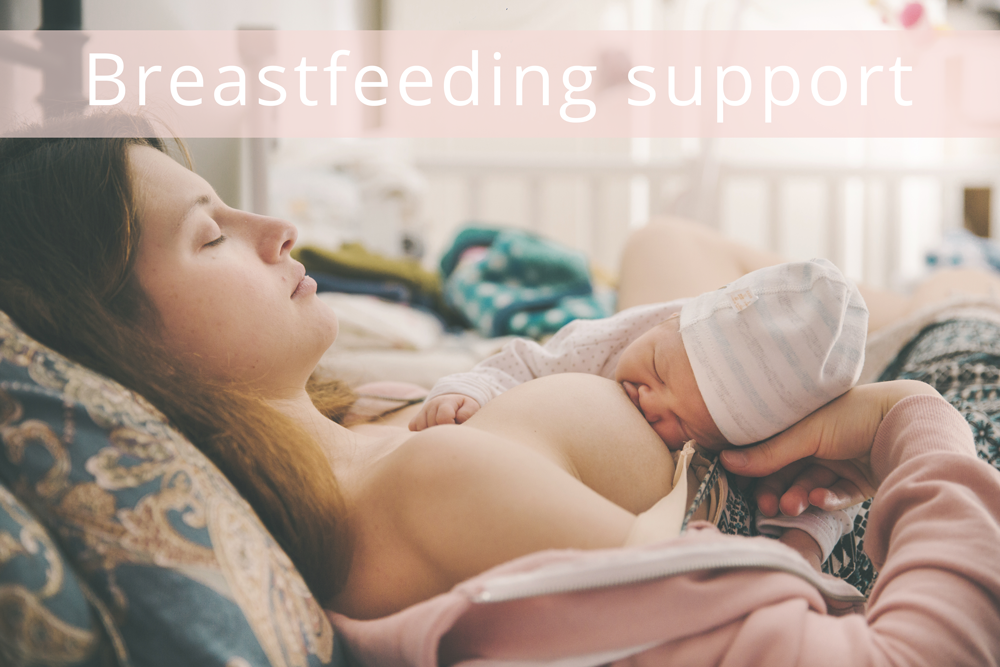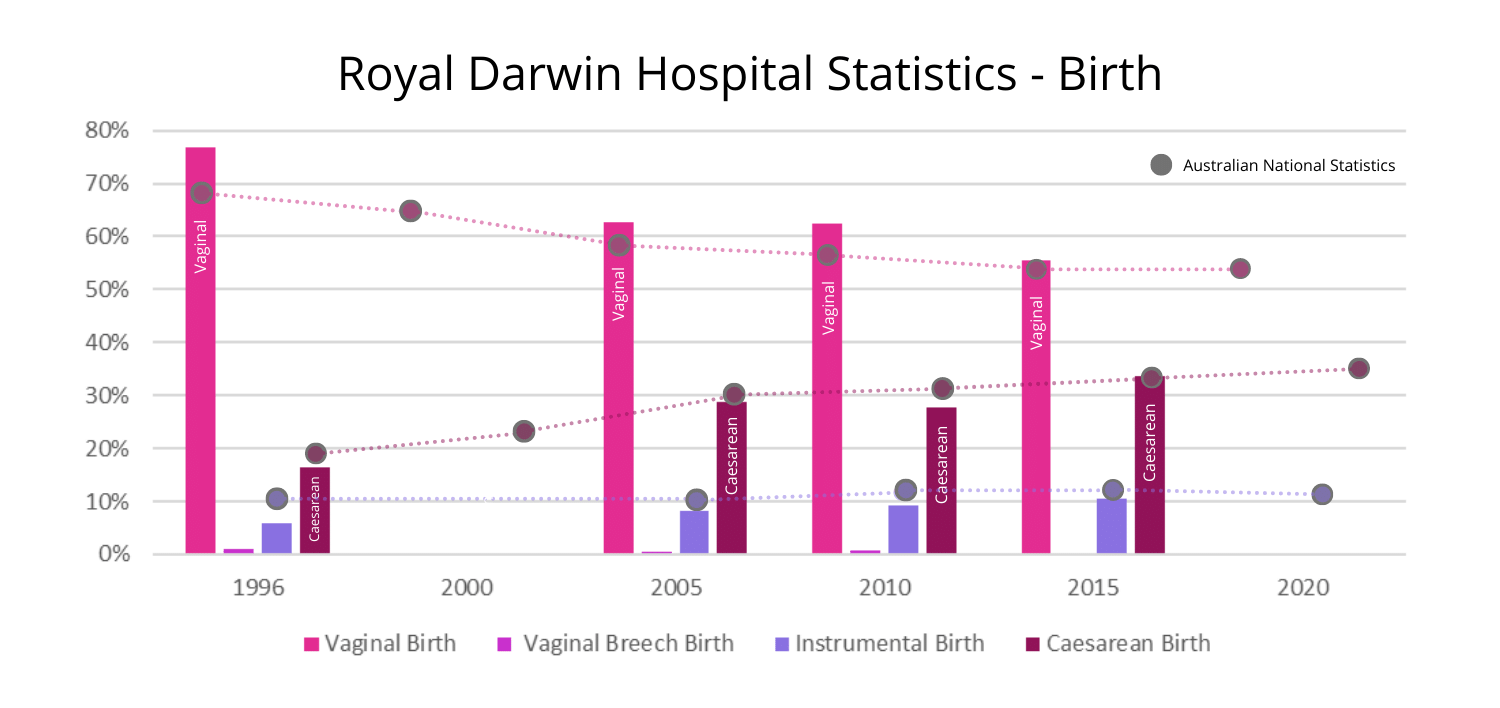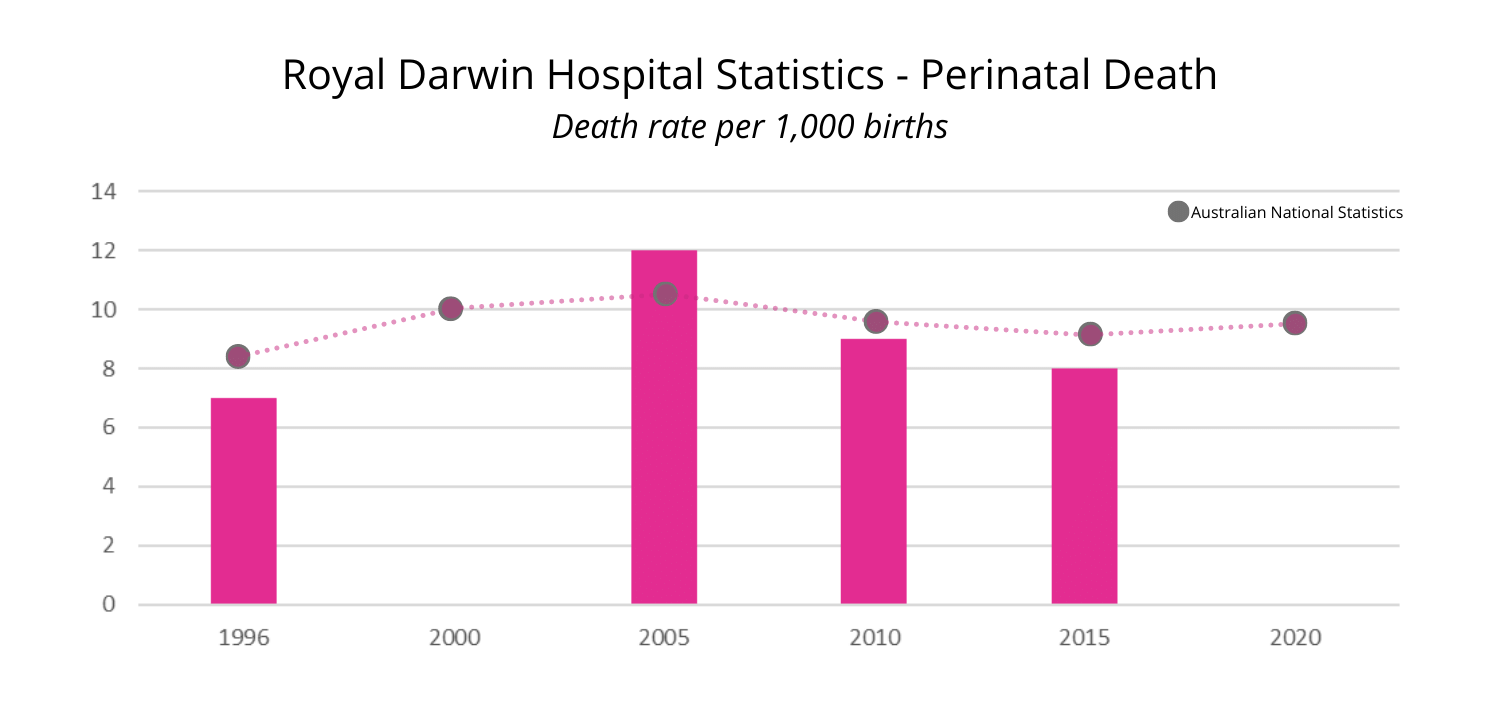
Royal Darwin Hospital is located at 105 Rocklands Dr, Tiwi NT 0810. They have a birth centre available on the ground floor with two birth rooms, each with a bath and toilet. You can use water in the bath during labour for the pain relief option. For birthing options, you may choose waterbirth if your doctor or midwife agrees. All women with normal risk pregnancies and labours can use the birth centre.
The hospital’s delivery suite is on the sixth floor. It has six birth rooms, showers, toilets and two baths. Women with high-risk pregnancies will have their babies in the birth suite. For normal risk pregnancies, you may use the bath for pain relief.
Hospital Address
105 Rocklands Dr, Tiwi NT 0810
08 8922 8888
Website Royal Darwin Hospital – Maternity

Hospital’s Map
Royal Darwin Hospital Services

Does Royal Darwin Hospital have visiting private midwives?
UNKNOWN

Does Royal Darwin Hospital have visiting GP Obstetricians?
UNKNOWN

Does Royal Darwin Hospital have visiting Obstetricians?
YES
Hospital Facilities
Antenatal Beds
Birthing Rooms
Postnatal Beds
Special Care Nursery Beds
Neonatal Intensive Care Beds
Are there birth pools available for labour and birth?
Birth centres are designed to be a home away from home. A birth centre is a separate unit located away from the standard birth unit. Birth centres encompass a philosophy that pregnancy and birth are normal, natural events in the life of a woman and her family.
Does Royal Darwin Hospital have a birth centre?
Birth Suite Tour Video
Coming soon
What support is available if I have difficulties breastfeeding my baby?

Baby-friendly accredited?
Royal Darwin Hospital is accredited under the global Baby Friendly Health Initiative program. The hospital supports breastfeeding, and lactation specialist midwives are on-hand to ensure babies are feeding well before going home.
Royal Darwin Hospital Statistics

How a woman’s labour starts influences the chance interventions in labour. If labour starts spontaneously, there is less likelihood of interventions. In addition, if a woman has an induction of labour there is an increased chance of further interventions. In the above graph, spontaneous labour refers to labour that starts on its own. Furthermore, please note that Northern Territory’s statistics did not tell us if spontaneous labour is artificially sped up with medication or breaking of the bag of water. Therefore, this graph’s spontaneous labour includes labours sped up by medical intervention.
Induction of labour in PBB’s graph refers to one or more of the following interventions used to start labour:
- Artificial rupture of membranes
- Balloon catheter to open the cervix
- Prostaglandins placed in the vagina
- Synthetic oxytocin drug to start or speed up labour
No labour is when a woman has an elective (non-emergency) caesarean before labour starts.
There’s still no available hospital data on How Labour Started in 2000 and 2010. Please message us if you have or know the statistical source for the said years.

Since 1985, the World Health Organization (WHO) has recommended countries keep the caesarean birth rate between 10–15% to ensure mortality rates are kept low for mothers and babies (WHO’s last statement update was April 2015). Since 1995 the cesarean birth rate has increased every year across Australia. In 2015 the Cesarean birth rate in Royal Darwin Hospital was more than double the WHO recommendation.
A small number of breech babies are born vaginally. Instrumental births include forceps birth and vacuum extraction. The caesarean birth rate includes both elective (planned) and emergency (unplanned) caesarean births.

Please note that even though there is a dramatic increase in interventions in labour and caesarean birth – there is no change in the perinatal death rate.
PBB attained the data in the statistics from the Northern Territory Government.
Photo Gallery
PBB has created this page to help you be informed about local maternity services. We’d love for you to send us photos of the hospital to include on this page. Send photos to our webmaster.
Date page published 16th January 2024
Date page updated 10th September 2024


Leave A Comment